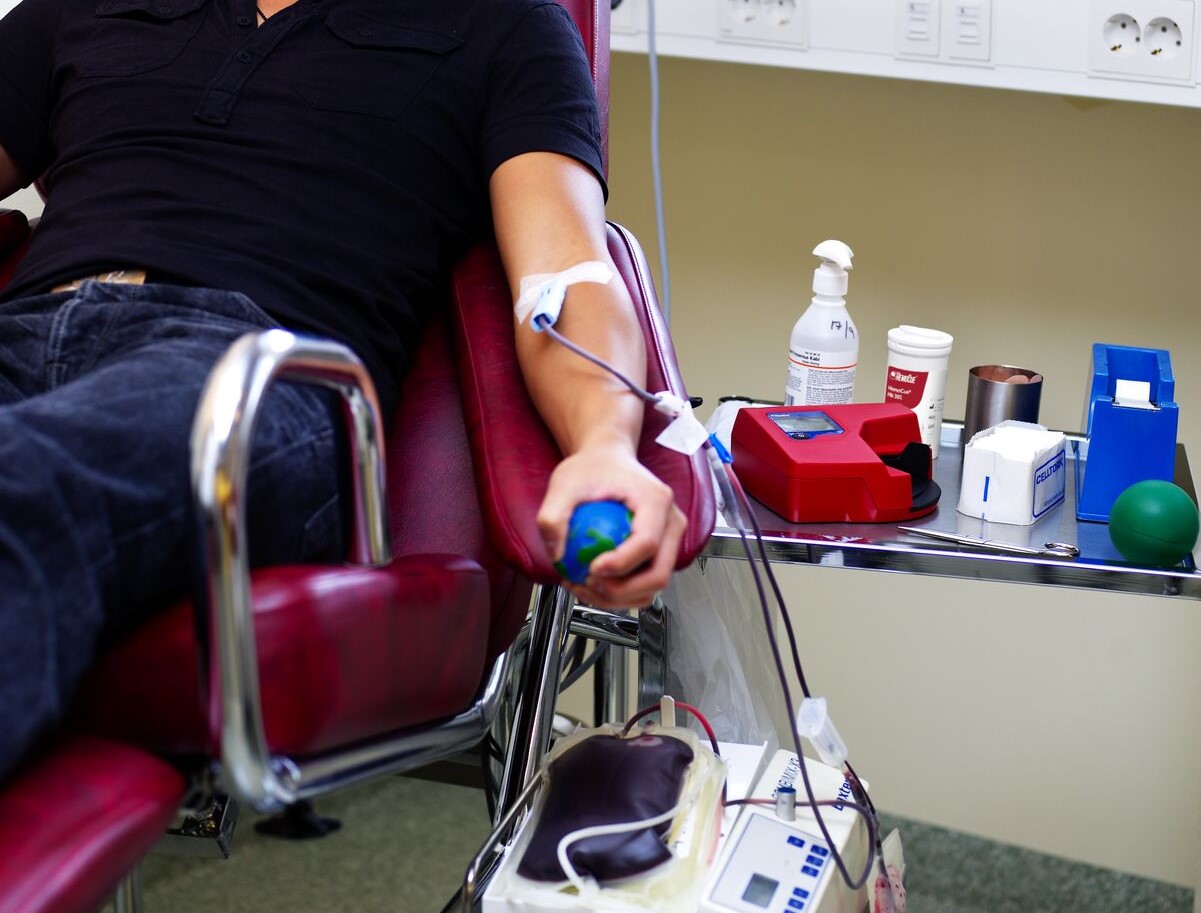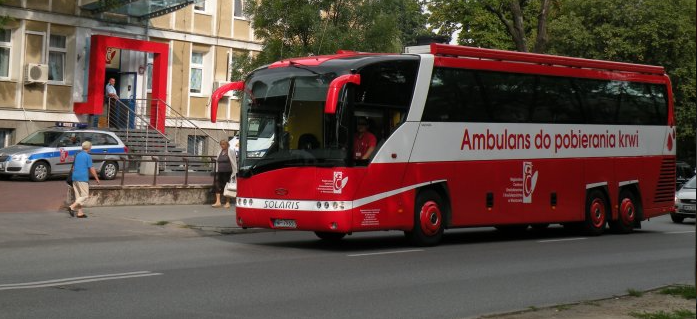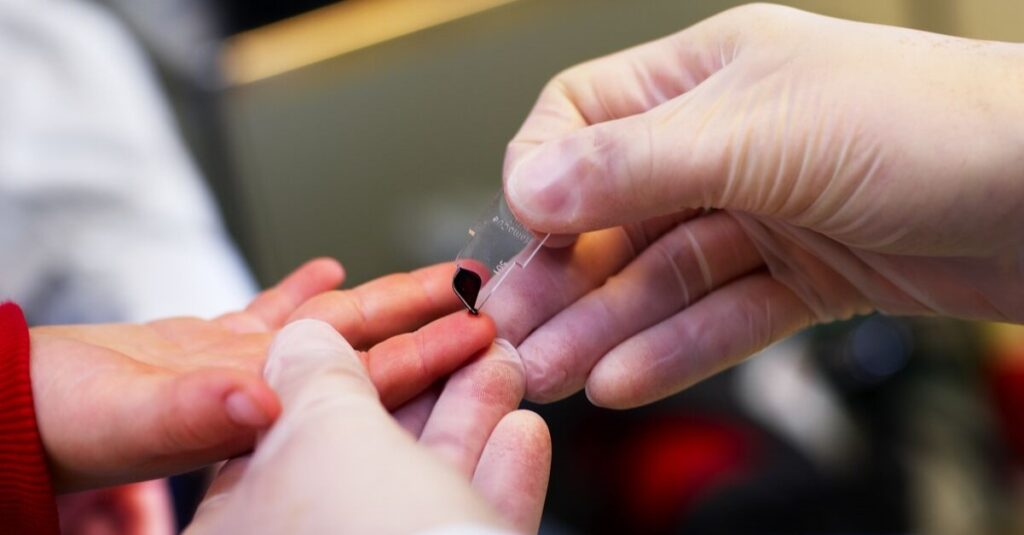Kokilaben Dhirubhai Ambani Hospital & Medical Research Centre is one of the largest blood banks in Mumbai with an average of 1,000 donors per month. The donors are both patient-related and unrelated voluntary donors in hospital settings as well as voluntary donors in donation camps outside. About 85% are male and 15% female. The majority (70%) of the donors are 20-40 years old. Today, the center screens its donors with HemoCue, a digital hemoglobinometer.
Dr. Rajesh B. Sawant is Head of Transfusion Medicine and has more than 17 years of experience. Several years ago, the Kokilaben blood bank decided to change the screening method from copper sulphate (CuSO4) to a modern point-of-care (POC) technology. Dr. Sawant explains:
“The CuSO4 method is associated with a number of drawbacks, e.g. lack of quantitative results, subjective endpoints, temperature sensitivity and evaporation of solution. I was concerned about the lack of standardization and quality control for the method established. For me, donor safety was of high priority and I also wanted to overcome the issues we experienced with high variation in deferral rates. Not to mention the working situation for my team members. The technicians had to prepare stock solutions every day and then we also had the biohazardous waste to consider. Daily, we had occasions where a donor could have been tested at two different locations and received conflicting results. This didn’t really improve their impression of the whole screening process”.











